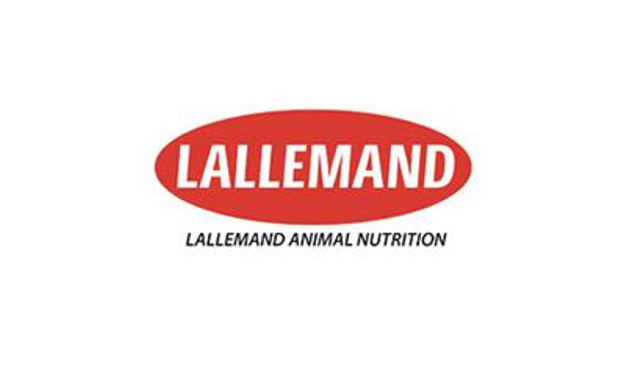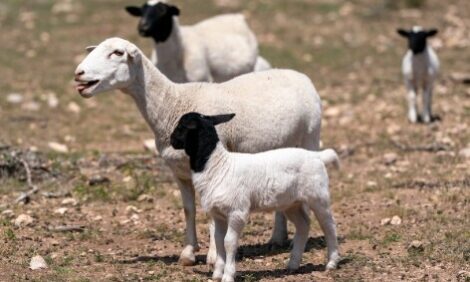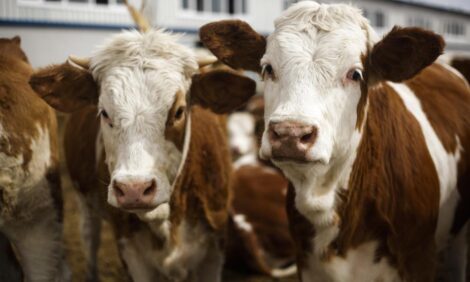



True or false: silage inoculant offers a sound return on investment
Learn how inoculants can enhance farm profitabilityInvestments made in producing the best quality silage, such as using an additive to reduce dry matter (DM) losses and to improve nutrient retention, have been shown to pay dividends at feeding out.
Silage additives are designed to do one of two things, although some can do both. They improve fermentation in the clamp or bale, to give better protein quality and increased sugar content and to cut fermentation DM losses. They also reduce aerobic spoilage and therefore losses resulting from this.
When margins are squeezed, farmers need to keep a tight rein on costs but Jean-François Floquet, of Lallemand Animal Nutrition, which produces the MAGNIVA range of additives, says there are many reasons why it would be false economy to remove an inoculant from the silage making process.
Although additives are an additional cost, they have proven science behind them.
“MAGNIVA silage inoculants are not expensive, in fact they offer a cost-effective solution for livestock producers,’’ says Jean-François. This is because they preserve more of the original DM content, increase intakes and more.
“MAGNIVA silage inoculants actually provide a cost-effective way to improve silage quality, reduce losses, and enhance livestock performance. Investing in these inoculants not only saves the farmer money but also contributes to better overall farm profitability, so the question should be can they afford not to treat all the silage they produce with MAGNIVA?’’
We look at some of the reasons why inoculants can enhance farm profitability.
Reduced DM losses
Losing DM at the ensiling stage can significantly impact on farm profitability because it means there is less silage to feed and the quality is poorer. The feed gap needs to be filled and that means resorting to buying in expensive supplementary feeds.
MAGNIVA inoculants promote faster and more efficient fermentation, leading to less spoilage and nutrient loss, says Jean-François. “By preserving more of the original dry matter content, there is more silage of better quality to feed. This means reduced reliance on costly purchased feeds.’’
Improved nutrient retention
High-quality silage has more essential nutrients than inferior forage. Using an inoculant has been shown to preserve more of these essential nutrients and that means a higher level in the feed when it is presented to livestock.
One of the many proven advantages of MAGNIVA inoculants is that they inhibit the growth of undesirable microorganisms. This translates to better protein and sugar retention. “As a result, animals receive more consistent and balanced nutrition and this can positively impact their health and productivity,’’ says Jean-François.
Enhanced feed intake and performance
Animals that are presented with high-quality silage will consume more of it and those higher intakes improve performance. Maximizing feed intake directly affects profitability in all livestock systems, including dairy and beef. The more silage cattle eat the healthier their rumen and that means less incidence of acidosis or other nutritional upsets. It can also mean higher milk components, particularly butterfat, which is driven partly by fibre digestion.
Enhanced stability
Heating and spoilage in the clamp are significantly reduced when an additive is used, but MAGNIVA Platinum goes a step further, offering extended stability at feeding out. This means that silage can be used over a longer period without its quality being compromised. This minimises the need to frequently replace silage, which can be very costly, says Jean-François.




